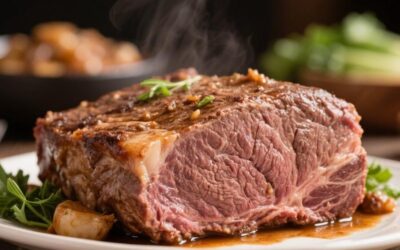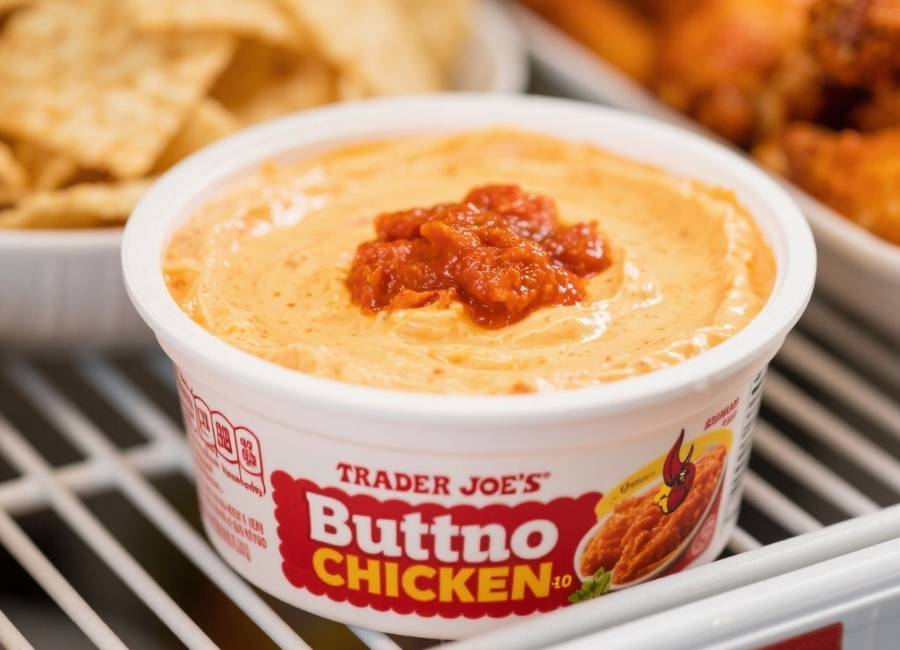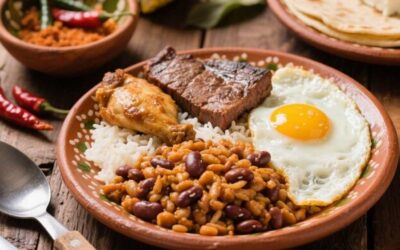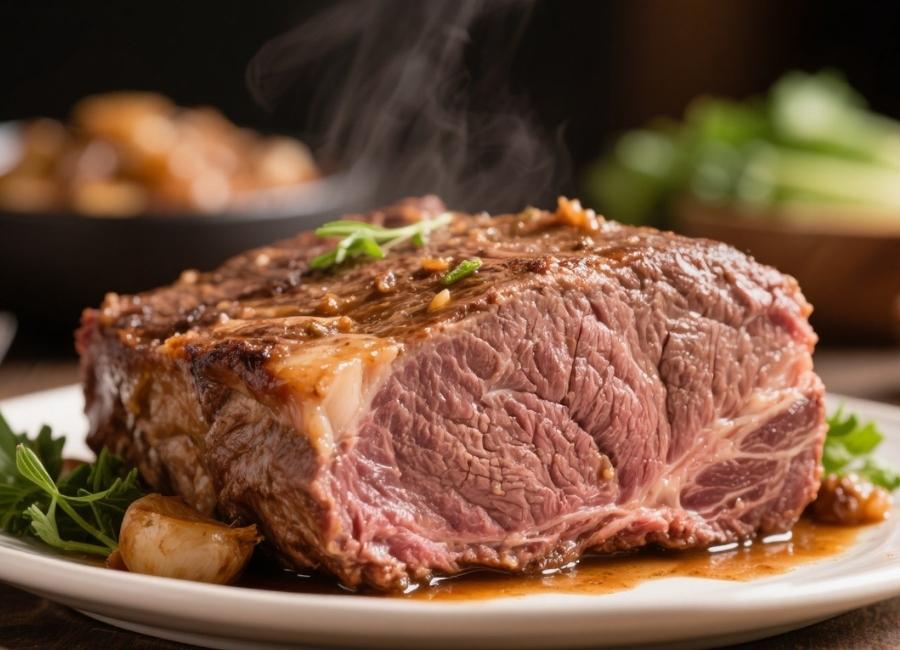Understanding the caloric and nutritional content of the food you eat is crucial for maintaining a balanced diet and reaching your health goals. If you’re a fan of hearty, home-cooked meals, you’ve likely encountered the staple ingredient known as chuck roast. But how does chuck roast fit into your dietary plan? Is it as wholesome as it tastes?
This blog dives deep into the calories found in chuck roast, its nutritional profile, and the health considerations you need to know. We’ll even share how you can incorporate chuck roast into your diet in a way that aligns with your health objectives.
What Is Chuck Roast?
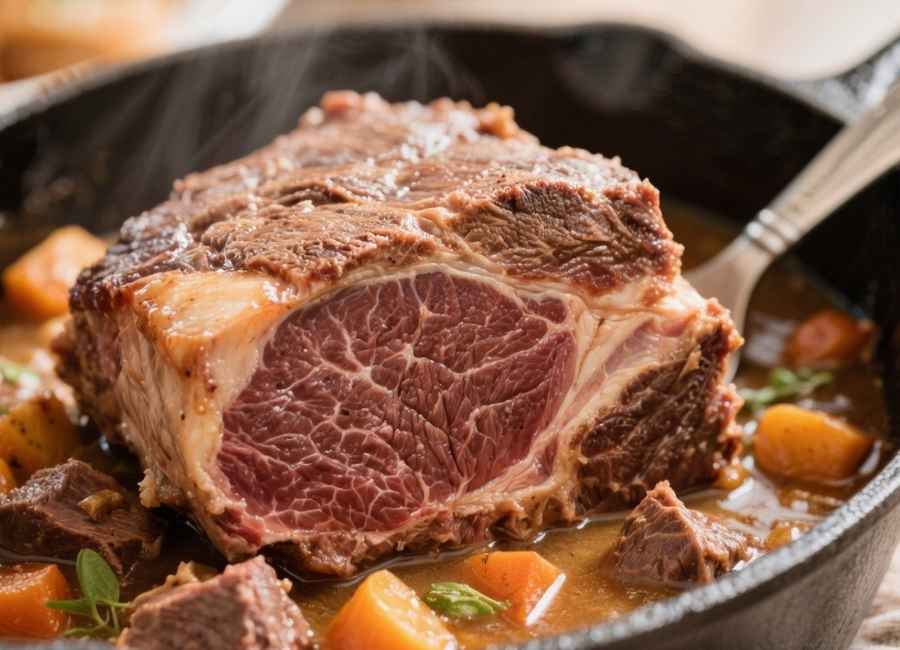
Chuck roast is a cut of beef taken from the shoulder area of the cow. Known for its rich flavor and ability to become melt-in-your-mouth tender when cooked low and slow, chuck roast is a popular choice for pot roasts, stews, and other comfort food dishes. It is an affordable cut of meat, making it ideal for family meals or larger gatherings.
But beyond its appeal in the kitchen, how does chuck roast measure up nutritionally? Let’s break it down.
Calories in Chuck Roast
Chuck roast is a relatively calorie-dense food, as is typical for most cuts of beef. Here’s a quick breakdown of the calorie content based on serving size:
Raw chuck roast (100 grams / 3.5 ounces): Approximately 190 to 200 calories
Cooked chuck roast (100 grams / 3.5 ounces): Approximately 265 to 280 calories
The cooking process impacts the calorie count due to water loss and the concentration of protein and fat. Cooking methods such as roasting or slow-cooking can lead to slightly different caloric outcomes, but the difference is usually small.
What Contributes to the Calories?
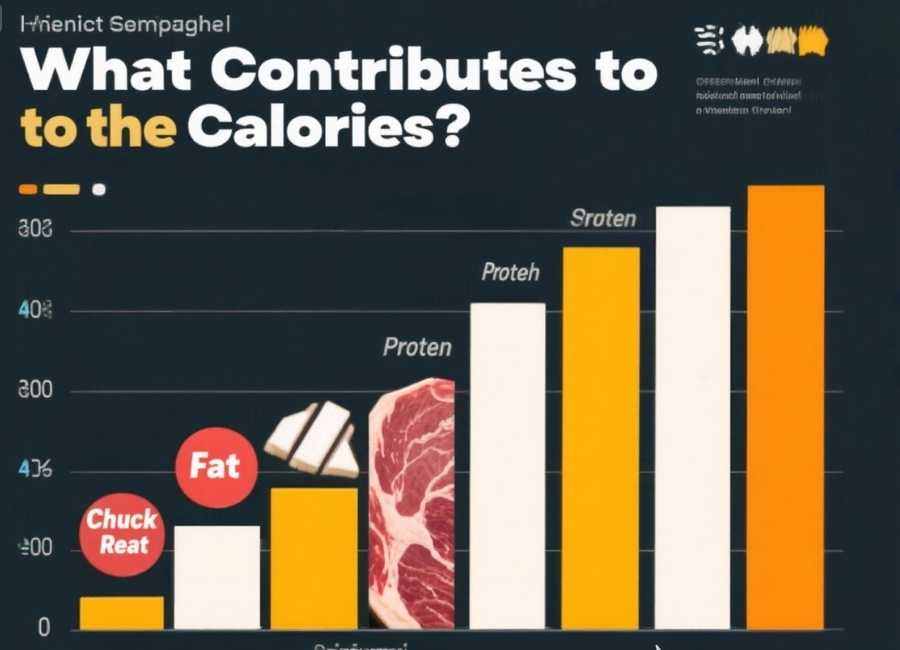
The primary contributors to the calorie content in chuck roast are:
Protein: Chuck roast is rich in protein, with approximately 20-23 grams of protein per 100 grams when raw. Protein is essential for repairing tissues, building muscle, and supporting overall body function.
Fat: It contains around 9-12 grams of fat per 100 grams raw, depending on the specific cut and how well-trimmed it is. This fat contributes significantly to both the calorie count and the flavor.
While it isn’t a low-calorie food, chuck roast provides a good balance of macronutrients, making it a viable option for those with active lifestyles or higher protein needs.
Nutritional Benefits of Chuck Roast
Chuck roast brings more to the table than just calories. This cut of beef is packed with valuable nutrients that contribute to your overall health.
1. High-Quality Protein
Protein is a macronutrient your body relies on for repairing tissues, building enzymes, and maintaining muscle mass. Chuck roast is a rich source of high-quality, complete protein containing all nine essential amino acids.
2. Vitamins and Minerals
Chuck roast provides several important vitamins and minerals that support various aspects of health:
Iron: Essential for producing hemoglobin, which helps carry oxygen throughout your body. One serving of chuck roast can contribute about 11% of your daily iron needs.
B Vitamins: Chuck roast is an excellent source of B vitamins, particularly Vitamin B12, which supports brain function, red blood cell production, and energy metabolism.
Zinc: Known for strengthening the immune system and promoting wound healing, chuck roast offers a significant amount of zinc per serving.
3. Good Fats (with Moderation)
While chuck roast does contain fat, it also includes heart-healthy monounsaturated fat, which can be beneficial when consumed in moderation. Trimming visible fat from the meat and using balanced portion sizes can help you stay within your dietary fat limits.
How Chuck Roast Fits Into Your Diet
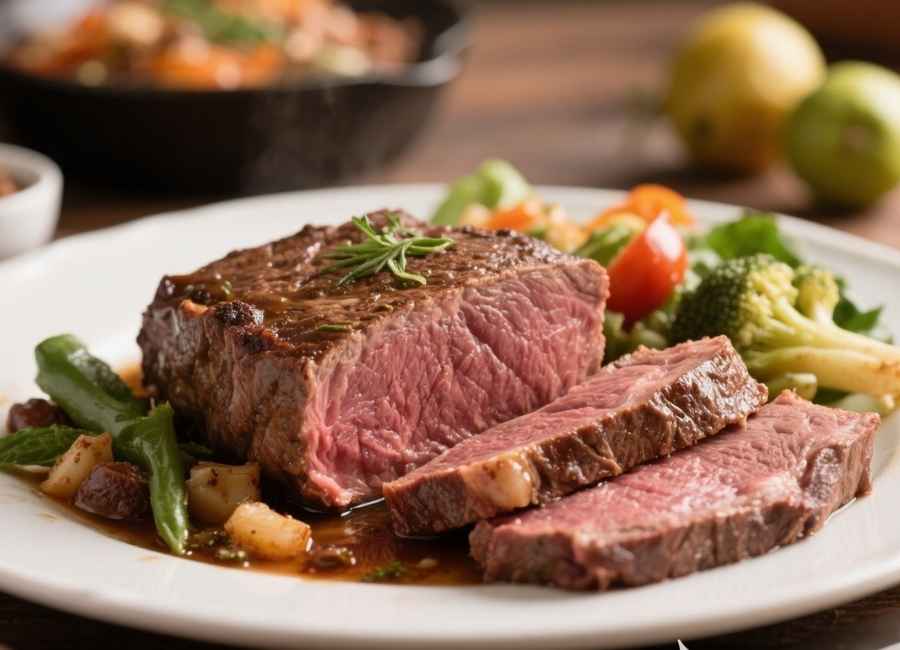
Whether you’re trying to lose weight, build muscle, or simply maintain a balanced diet, there’s room for chuck roast in your meal plan. Here are some tips for incorporating chuck roast into different diet types:
1. Low-Calorie Diets
If you’re watching your calorie intake, chuck roast can still fit into your plan. Choose a leaner cut or trim off excess fat before cooking. Pair it with low-calorie, nutrient-rich vegetables like carrots, celery, and zucchini to create filling but calorie-conscious meals.
2. High-Protein Diets
Trying to build muscle or follow a higher protein diet? Chuck roast is a fantastic option. Opt for larger portions and serve it alongside other protein sources like eggs or legumes to meet your daily macro goals.
3. Low-Carb or Keto Diets
The natural fat content in chuck roast makes it an excellent choice for keto or low-carb diet enthusiasts. Cook it with minimal carbohydrates, adding high-fat extras like butter or creamy sauces, to align with ketogenic ratios.
Cooking Tip for Healthier Meals:
Consider using healthy cooking methods like slow-cooking, braising, or pressure cooking to retain the meat’s natural flavors without adding extra calories. Avoid frying or incorporating calorie-heavy marinades if you’re aiming to keep meals light.
Health Considerations
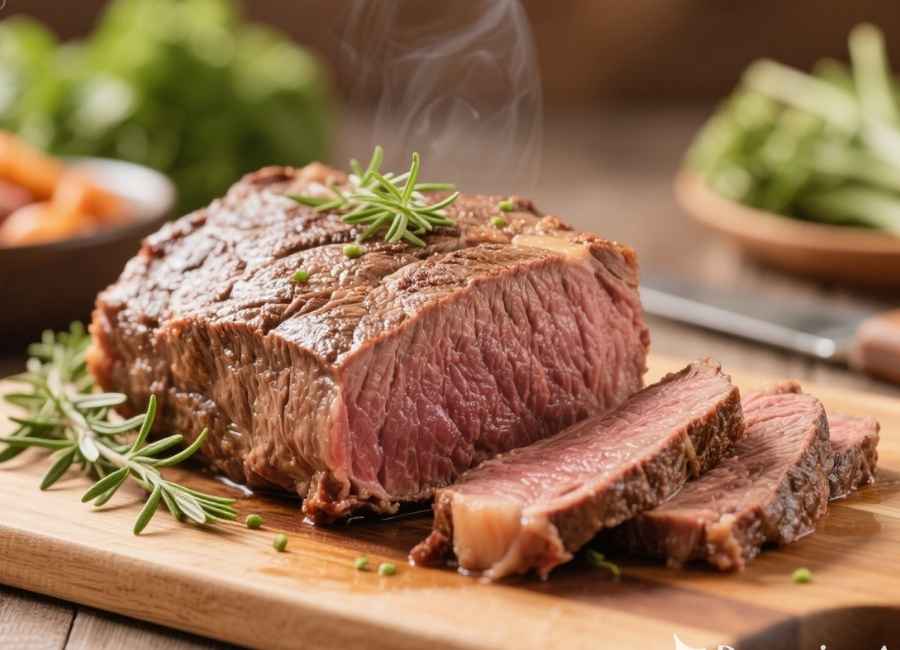
While chuck roast is nutrient-dense and versatile, there are a few health considerations to keep in mind:
Saturated Fat Content: Chuck roast contains a moderate amount of saturated fat, so enjoy it in moderation if you’re managing cholesterol levels. Opt for leaner cuts or trim visible fat to reduce saturated fat intake.
Portion Control: Given its calorie density, controlling portion sizes is essential, especially for those on weight-loss or maintenance diets.
Sodium Intake: Be cautious with packaged or pre-seasoned chuck roasts, as these can often contain high levels of sodium. Instead, season the meat yourself with herbs and spices for a healthier option.
Recipes That Showcase Chuck Roast
Not sure how to use chuck roast in your meals? Here are a few healthy and delicious recipes to try:
Pot Roast with Vegetables
Slow-cook your chuck roast with carrots, potatoes, celery, and onions for a nutrient-packed family dinner.
Shredded Beef Tacos
Use shredded cooked chuck roast as a filling for tacos. Add fresh toppings like avocado, cilantro, and lime to keep it fresh and vibrant.
Chuck Roast Salad
Pair crispy greens with warmed shredded chuck roast for a protein-packed, low-carb salad.
Braised Mediterranean Chuck Roast
Cook your chuck roast with tomatoes, olives, garlic, and herbs for a flavorful dish inspired by Mediterranean cuisine.
Each recipe highlights the versatility of chuck roast while incorporating nutritious ingredients to balance the meal.
Why Chuck Roast Is Worth Exploring
Chuck roast is more than just a comfort food staple. Its high protein content, essential vitamins, and adaptability make it an excellent choice for a wide range of dietary goals. Whether you’re building a high-protein diet or looking for hearty meals to keep your family satisfied, chuck roast can be a nutritious and delicious addition to your table.
If you’re planning to enjoy chuck roast, be mindful of portion sizes, trim visible fat when necessary, and pair it with healthier sides for a balanced meal. With its rich flavor and nutritional benefits, chuck roast is sure to remain a timeless favorite in kitchens everywhere.










